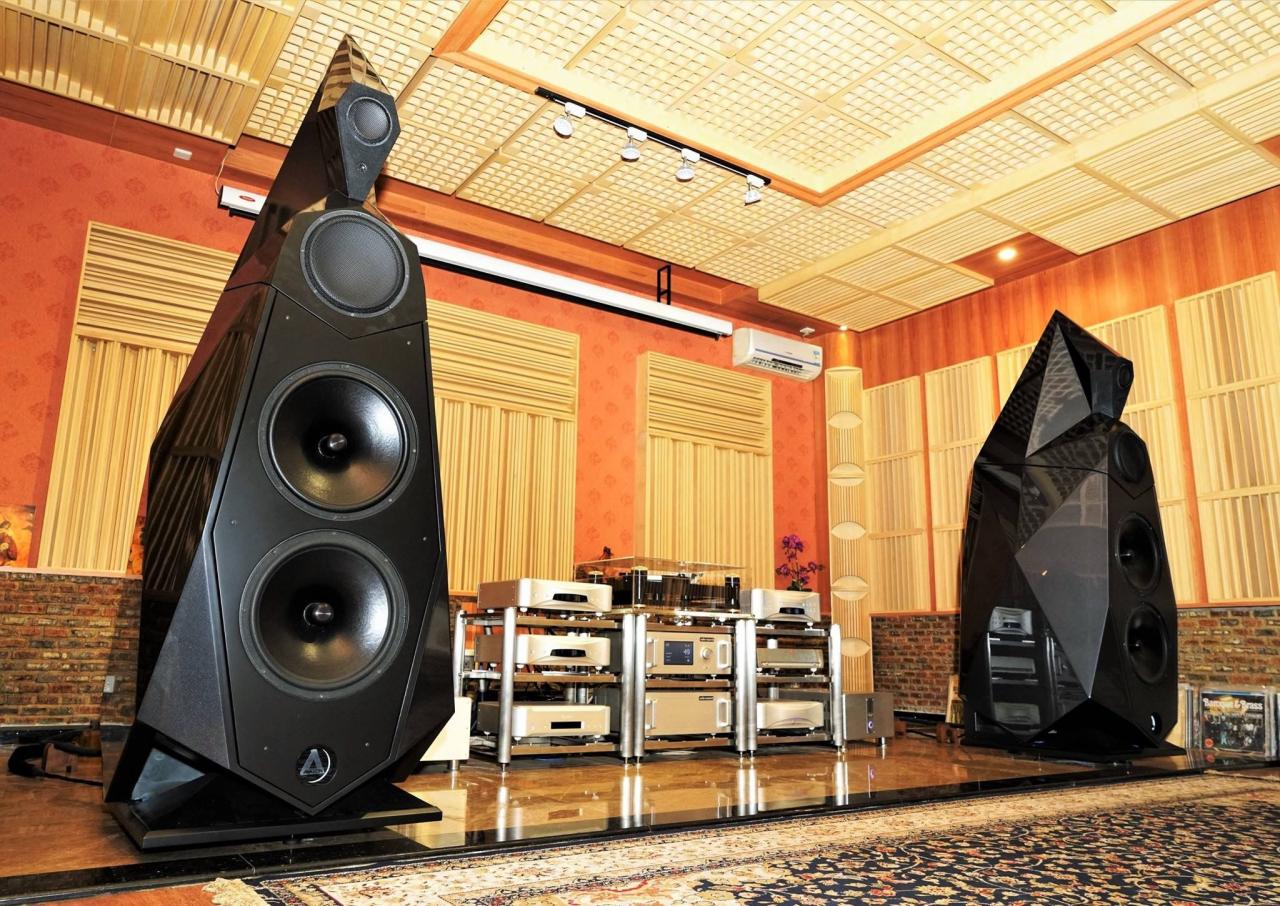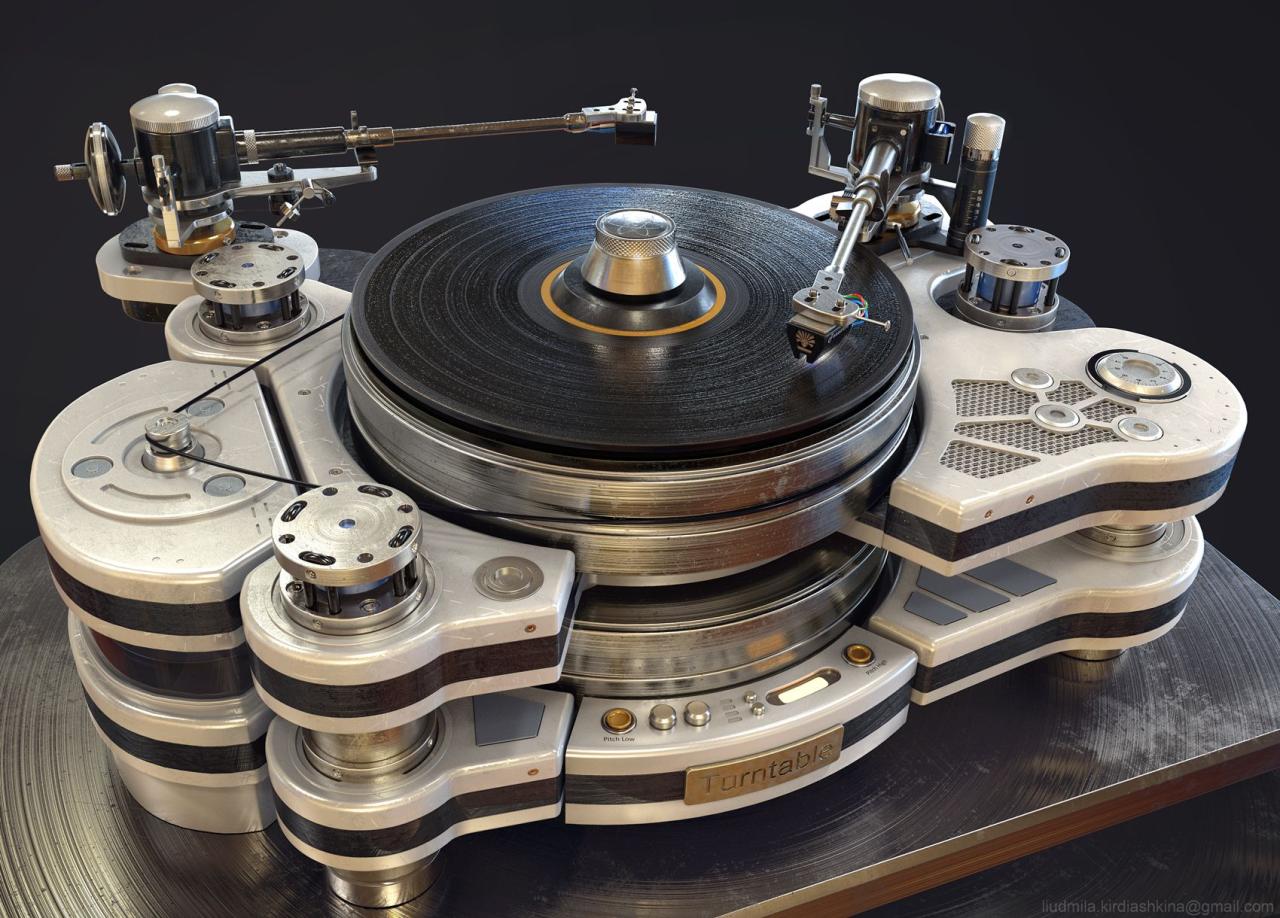Audiophile travel aetup – Audiophile travel setup: Taking your high-fidelity sound on the go doesn’t have to mean sacrificing quality. This guide will walk you through selecting the perfect portable DAC/amp, headphones, and accessories to ensure your music sounds amazing wherever your adventures take you. We’ll cover everything from choosing the right noise-canceling headphones to optimizing your music files for portable playback, and even how to protect your precious gear during transit.
Get ready to experience premium audio, no matter your destination.
Whether you’re a seasoned audiophile or just starting to explore high-quality sound, this guide provides a practical and insightful journey into creating a portable audio setup that meets your needs and budget. We’ll delve into the technical aspects, offering clear comparisons of different devices and explaining the trade-offs involved in choosing specific components. Practical tips for maximizing battery life, managing cables, and protecting your equipment will also be explored.
Headphone Selection for Travel

Choosing the right headphones for travel is crucial for enjoying your journey and protecting your hearing. The ideal travel headphones offer a balance of noise cancellation, comfort, portability, and sound quality. This section will guide you through selecting the perfect pair for your needs.
Noise-Canceling Headphones for Travel, Audiophile travel aetup
Selecting noise-canceling headphones is essential for a peaceful travel experience, especially on planes or crowded trains. The following list highlights five popular options, weighing their strengths and weaknesses.
- Sony WH-1000XM5: Pros: Excellent noise cancellation, comfortable for long listening sessions, good sound quality. Cons: Pricey, touch controls can be finicky.
- Bose QuietComfort 45: Pros: Comfortable, effective noise cancellation, long battery life. Cons: Sound quality slightly less detailed than Sony’s offering.
- Apple AirPods Max: Pros: Premium build quality, excellent spatial audio, seamless integration with Apple devices. Cons: Very expensive, bulky case.
- Bowers & Wilkins PX7 S2: Pros: Superior sound quality, comfortable fit, decent noise cancellation. Cons: Pricey, noise cancellation not as effective as Sony or Bose.
- Sennheiser Momentum 4 Wireless: Pros: Balanced sound signature, comfortable, good noise cancellation. Cons: Can feel a bit heavy after prolonged use.
Protecting High-End Headphones During Travel
Protecting your investment is key. A damaged headphone is a frustrating travel companion. Careful packing is paramount.Proper headphone storage involves more than just throwing them in a bag. Consider using a hard-shell case specifically designed for headphones. These cases often feature internal padding to absorb shocks and prevent scratches.
A quality hard-shell case will protect your headphones from the bumps and jostles of travel. Alternatively, a well-padded soft case can also provide adequate protection, especially if combined with additional cushioning material like microfiber cloths or bubble wrap. Avoid using flimsy bags or pouches which offer minimal protection. Remember to store your headphones in the case when not in use, even during short trips.
So, you’re planning a trip? Awesome! Don’t forget to sort out your travel insurance. Check out Aon travel insurance for comprehensive coverage; they often have great deals. Then, once you’ve compared a few options, maybe look at Aon travel insurance too – sometimes different providers offer better rates depending on your destination and trip length.
Getting the right insurance is key for a stress-free adventure!
Open-Back vs. Closed-Back Headphones for Travel
The choice between open-back and closed-back headphones significantly impacts your travel audio experience.Open-back headphones offer a more natural and spacious soundstage, but they leak sound, making them unsuitable for shared spaces like airplanes or libraries. Closed-back headphones, on the other hand, isolate sound better, providing both noise cancellation and preventing sound leakage. This makes them the far better choice for travel, ensuring you can enjoy your music without disturbing others and without being disturbed by ambient noise.
While open-back headphones might provide a more enjoyable listening experience in a quiet environment, the superior noise isolation and lack of sound leakage make closed-back headphones the clear winner for travel.
So, you’re planning a trip? Awesome! Don’t forget travel insurance! Check out Aon travel insurance for comprehensive coverage. They’ve got options for everything from lost luggage to medical emergencies. And if you’re looking for a more relaxed vibe, maybe Aon travel insurance through Tranquil Retreats might be a better fit – they often have special deals for their clients.
Either way, getting insured is a smart move before you jet off!
Power Sources and Battery Life
Power management is crucial for enjoying your high-fidelity audio on the go. A portable DAC/amp and demanding headphones can drain batteries surprisingly quickly, especially during long flights or road trips. Understanding your power needs and choosing the right equipment is key to preventing unexpected audio silence. This section will cover essential aspects of portable power solutions for audiophiles.Powering your portable DAC/amp and headphones efficiently requires careful consideration of several factors.
The power draw of your equipment varies significantly depending on the model and its output power. High-impedance headphones generally require more power than low-impedance ones. Understanding your device’s power consumption will help you choose a power bank with sufficient capacity. Additionally, the charging speed of your power bank is important – a faster charging speed means less downtime and more listening time.
Portable Power Bank Options
Choosing the right power bank is essential. Capacity is measured in milliampere-hours (mAh), reflecting the total power storage. Charging speed, measured in watts (W) or amps (A), determines how quickly your devices recharge. Size and weight are also significant factors for portability. Here’s a comparison of some common options:
| Power Bank | Capacity (mAh) | Charging Speed (W) | Size & Weight (Approximate) |
|---|---|---|---|
| Anker PowerCore 10000 | 10000 mAh | 18W | Compact, lightweight |
| RAVPower 20000mAh Portable Charger | 20000 mAh | 18W | Larger than 10000mAh options, but still reasonably portable |
| Anker PowerCore II 20000 | 20000 mAh | 30W | Slightly larger than the RAVPower 20000mAh, but with faster charging |
| Zendure SuperTank Pro | 27000 mAh | 60W | Larger and heavier, but offers significantly more capacity and faster charging |
Note: These are examples, and many other power banks exist with varying capacities and features. Always check the specifications of your chosen power bank to ensure compatibility with your DAC/amp and charging requirements.
Extending Battery Life on Long Journeys
Several practical steps can significantly extend your portable audio equipment’s battery life. Lowering the volume on your headphones reduces the power demand of your DAC/amp. Using lower-power output modes on your DAC/amp, if available, can also help conserve power. Turning off Bluetooth when not in use prevents unnecessary power drain. Finally, consider using power-saving modes on your devices whenever possible.
For example, if you are listening passively in the background, you can switch to a lower-power mode. This simple strategy can add significant hours of listening time to your journey.
Maintaining Audio Quality During Travel: Audiophile Travel Aetup

Traveling with your high-end audio setup presents unique challenges. The jarring movements of planes, trains, and automobiles, coupled with the inherent noise of these environments, can significantly impact your listening experience. Furthermore, the jostling and packing can put stress on your equipment, potentially leading to damage or compromised performance. This section will explore how to overcome these obstacles and maintain the pristine audio quality you expect.Environmental noise and cable management are the two biggest hurdles to overcome when aiming for consistently high-quality audio on the go.
Aircraft cabin noise, the rumble of a train, or even the chatter of a busy street can easily mask the subtleties of your music. Similarly, tangled or damaged cables can introduce unwanted noise and even lead to signal interruptions. Effective strategies are essential to counteract these issues and ensure your listening experience remains enjoyable.
Mitigating Environmental Noise
Effective noise reduction is crucial for enjoying your music during travel. High-quality noise-canceling headphones are your first line of defense against ambient sounds. These headphones use active noise cancellation technology to detect and counteract external noise, creating a more immersive listening experience. Consider headphones with high noise cancellation ratings for optimal performance in particularly noisy environments like airplanes.
For situations where noise-canceling headphones aren’t sufficient, consider using earplugs in conjunction with your headphones for an extra layer of noise isolation. This layered approach offers a significant improvement in sound quality, especially on public transport. Remember to choose comfortable earplugs that fit snugly but don’t cause discomfort during prolonged use.
Maintaining Equipment Cleanliness and Longevity
Keeping your audio equipment clean and well-maintained is vital for its longevity and optimal performance. Before traveling, ensure your headphones are thoroughly cleaned. Gently wipe the earcups and headband with a soft, slightly damp cloth. For more stubborn dirt, use a specialized cleaning solution designed for electronics. Avoid using harsh chemicals or abrasive materials that could damage the delicate components of your headphones.
During travel, store your headphones in a protective case to shield them from scratches and impacts. This case should provide adequate padding and protection against the elements. After returning from your trip, give your equipment another thorough cleaning to remove any accumulated dust or debris. Regular maintenance not only prolongs the lifespan of your equipment but also ensures that it continues to deliver the best possible sound quality.
Building the perfect portable audiophile setup is a journey of balancing portability, sound quality, and budget. By carefully considering the factors discussed—from choosing the right DAC/amp and headphones to optimizing your music files and protecting your gear—you can create a system that delivers exceptional audio experiences wherever you go. Remember, the best setup is the one that best suits your personal preferences and travel style.
So pack your bags, your headphones, and your favorite tunes, and get ready to enjoy music on the go like never before!
Essential FAQs
What file format is best for portable music playback?
Lossless formats like FLAC offer the highest quality but larger file sizes. Lossy formats like AAC or MP3 are smaller but compromise on audio quality. The best choice depends on your storage capacity and how much you value audio fidelity.
How do I prevent my headphones from getting damaged during travel?
Use a hard case or a well-padded carrying bag designed for headphones. Avoid squeezing or placing heavy objects on top of them in your luggage.
What’s the difference between open-back and closed-back headphones for travel?
Open-back headphones offer a more spacious soundstage but leak sound, making them less ideal for noisy environments. Closed-back headphones isolate noise better but may sound slightly less natural.
Can I use my home headphone amp with a portable setup?
Not typically. Home headphone amps are usually bulky and require wall power, unlike the compact, battery-powered amps designed for portable use.